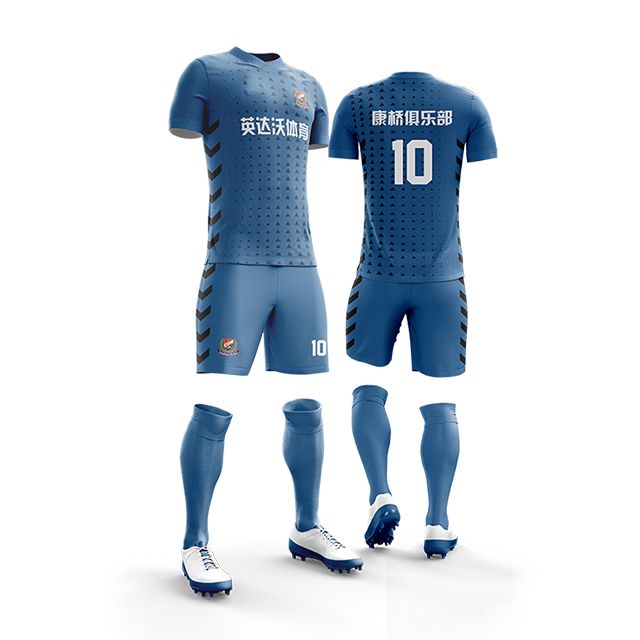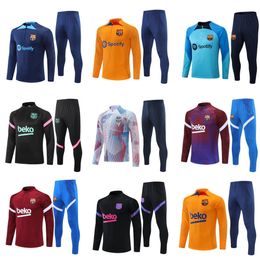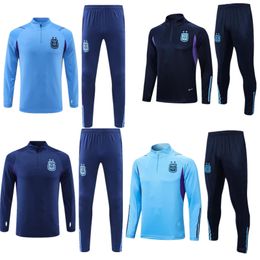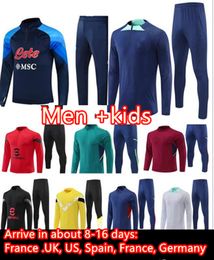
Portsmouth Football Club Equipo de fútbol de calidad superior entrenamiento de fútbol Traje suéter 100%

chandal Real Madrid Atletico Barcelona PSG France Marseille psg Paris Messi MBAPPE camisetas de futbol Camiseta

Nueva camiseta de entrenamiento de fútbol para adultos, en blanco, chándal universitario, camisetas de fútbol transpirables, uniformes personalizados

Dhgate Wholesale Amazon best seller de Ebay 2122 Tracksuits Kit de trajes de entrenamiento de Fútbol Soccer Jersey Chandal Futbol niños chicos Hombres chaqueta Mens Tuta establece - China Dhgate Wholesale Amazon

Dhgate Wholesale Amazon best seller de Ebay 2122 Tracksuits Kit de trajes de entrenamiento de Fútbol Soccer Jersey Chandal Futbol niños chicos Hombres chaqueta Mens Tuta establece - China Dhgate Wholesale Amazon

Nueva camiseta de entrenamiento de fútbol para adultos, en blanco, chándal universitario, camisetas de fútbol transpirables,

Nueva camiseta de entrenamiento de fútbol para adultos, en blanco, chándal universitario, camisetas de fútbol transpirables,


















